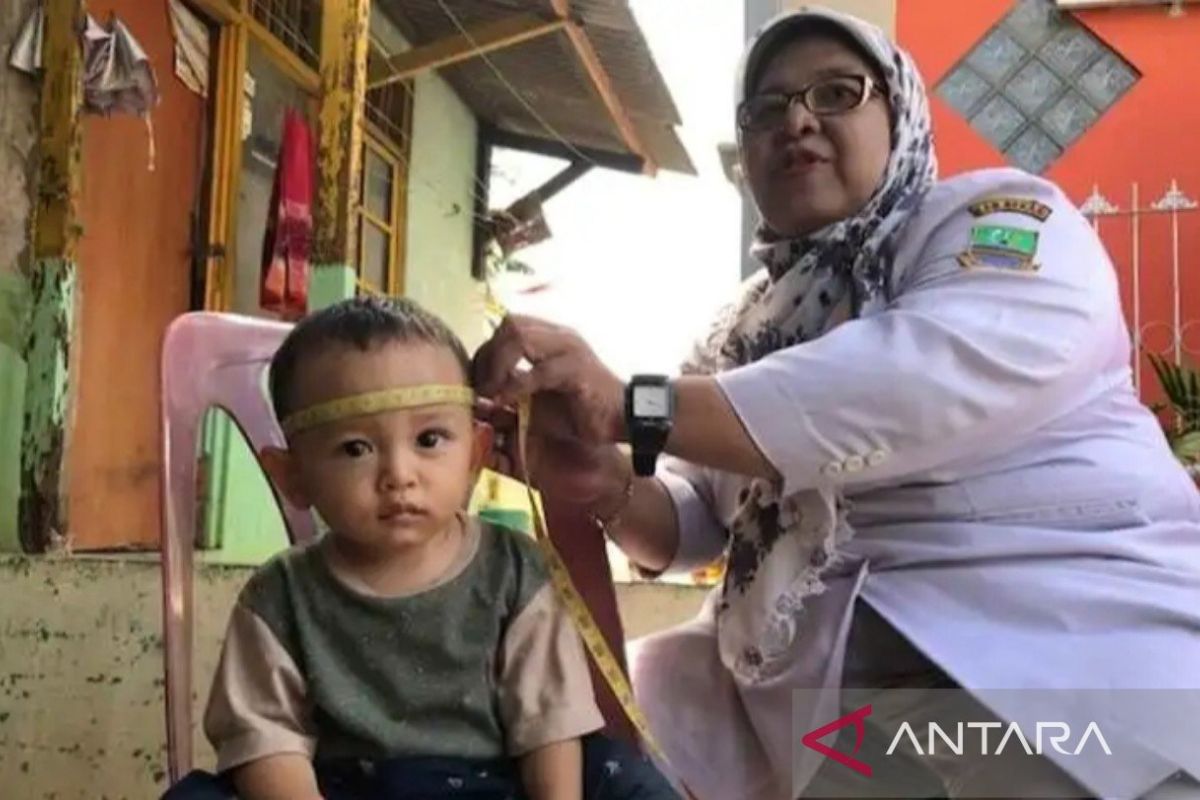This was conveyed by Coordinating Minister for Human Development and Culture, Muhadjir Effendy, after a limited meeting at the Presidential Palace in Jakarta on Thursday.
"We will triangulate the survey results from the Indonesian Health System with the EPP-GBM results, which are now being carried out simultaneously," Effendy informed.
He said that EPP-GBM is a community-based recording and reporting mechanism that uses electronic technology. The mechanism has been implemented simultaneously at 330,881 integrated health posts (posyandus) in Indonesia since June as part of the Toddler Weighing Month.
According to him, the activity is targeting 90 percent of toddlers and pregnant women with the help of trained personnel who are monitoring their nutrition to obtain a valid picture of the current stunting situation in Indonesia.
"The data has to be valid because we have carried out massive acceleration to standardize measuring and weighing equipment, or anthropometry. Followed by the provision of ultrasound devices in 90 percent of community health centers to check pregnancy," he said.
Stunting prevalence in Indonesia was recorded at 37 percent in 2014. It has been successfully reduced to 21 percent of the total population of children under five in the last 9 years.
However, in 2023, stunting reduction was relatively small at 0.1 percent. Effendy said that the EPP-GBM data is projected to provide a comparison with the Indonesian Health System (SKI) census, which will help increase the validity of the data obtained by the government.
Baca juga: Program BISA bantu pemerintah putus siklus stunting
Baca juga: Expect Widodo's W Java visit to spur anti-stunting efforts: official
"EPP-GBM and SKI are from the Ministry of Health. Therefore, we can see the difference in data from them to find out which one is more accountable," he explained.
The minister said he hopes that the EPP-GBM method would increase the accuracy of stunting data, thereby helping align government policies for stunting alleviation.
"If the numbers are incorrect, the intervention will be misdirected. If the numbers are close to correct, the intervention will be on target," he added.









